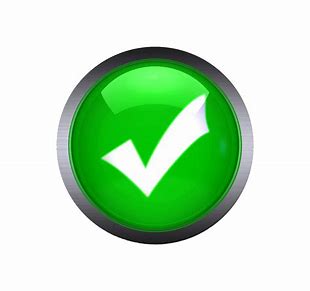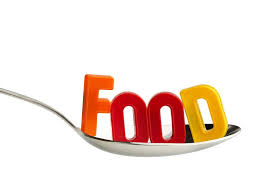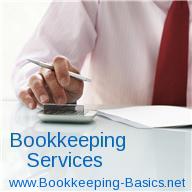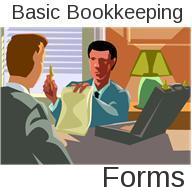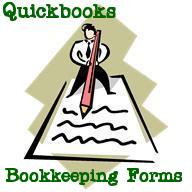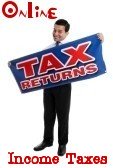- Home
- Questions and Answers
- Food Bookkeeping Categorization
Classify VIII Bookkeeping Question
by Yash bhardwaj
(Delhi)
Rohit brought a tape-recorder for rs.1500 and sold it for rs.1800. Calculate his profit or loss percent.
Comments for Classify VIII Bookkeeping Question
|
||
|
||
Classify Each Bookkeeping Item
by Ellen
(RSA)
Please categorize and classify each of the following bookkeeping items:
accounting feeds
advertising
bank charges
bank overdraft
call deposit account
capital
cash float
creditors
debtors
drawings
insurance
interest paid.
interest received.
land and buildings
mortgage bond
motor vehicle
office equipment
petrol and oil
property rate and taxes
repairs and maintenance
salaries and wages
services rendered.
stationery and printing
stationery stock
Comments for Classify Each Bookkeeping Item
|
||
|
||
|
||
Classifying Vendor Discounts
by Teresa
(Littleton, CO USA)
We are in a debate over classifying vendor discounts as income or a reduction of COGS. What are the pros/cons of each?
Comments for Classifying Vendor Discounts
|
||
|
||
Classification of Health Club Memberships
What do you classify health club membership fees for employees as on the books of a business?
Comments for Classification of Health Club Memberships
|
||
|
||
Food Bookkeeping Categorization
If we buy chicken, where do we categorize it for bookkeeping purposes? Do we classify it under Groceries?
Comments for Food Bookkeeping Categorization
|
||
|
||
Please subscribe to my monthly newsletter, Bookkeeping Basics E-zine. It tells you every month about the new information that I have added, including some great tips and advice from myself and other Bookkeeping Basics readers.
Like Bookkeeping-Basics.net?
- Home
- Questions and Answers
- Food Bookkeeping Categorization


